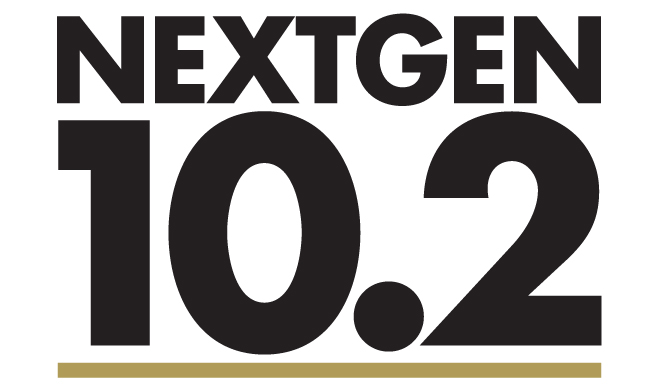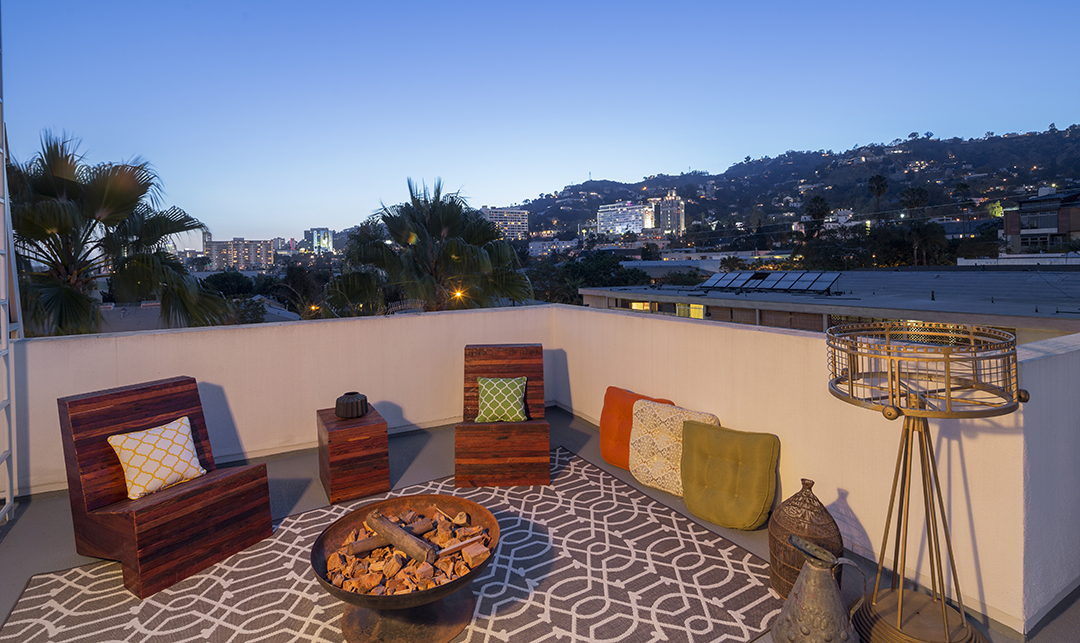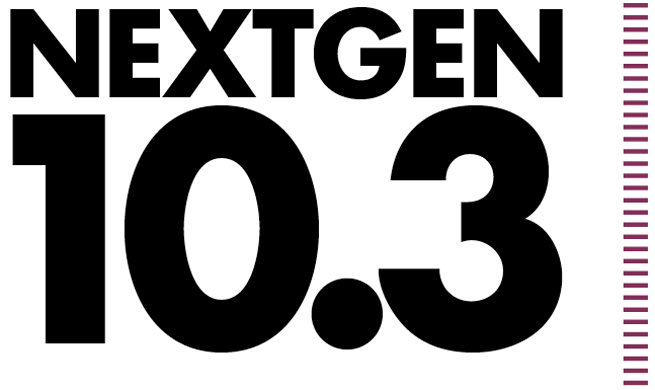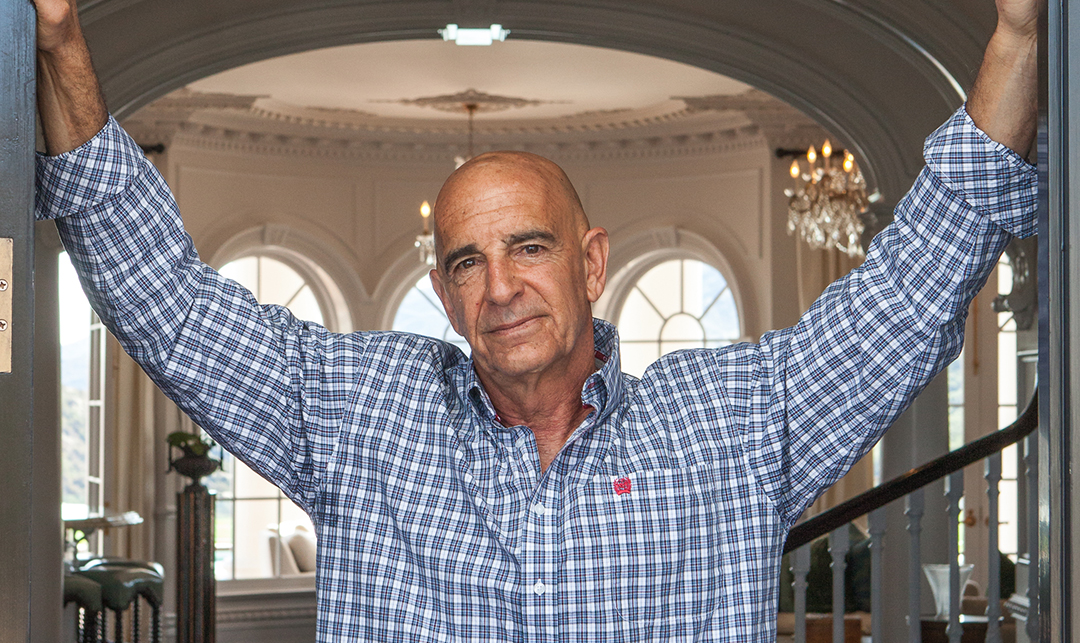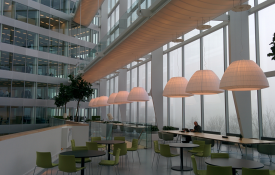Now that the election is behind us, many CEOs have begun to focus on their company’s next big decisions. And with a strong upswing in the stock market, many C-Suite executives and corporate decision-makers are feeling confident about the economic environment headed into the new year.
Economic growth in 2016 was steady in Los Angeles County, marking the sixth consecutive year of job growth since we hit the trough of the Great Recession – and there’s likely several innings left in the ballgame of economic growth. Especially if tax plans and increased spending on infrastructure and defense are realized, even more jobs may be created – in addition to those previously forecasted.
“Demand for workspace – whether it’s office, retail or industrial – will likely increase, paving the way for expedited short-term growth in property values and rental rates.”
So what does this mean for L.A. employers? Demand for workspace – whether it’s office, retail or industrial – will likely increase, paving the way for expedited short-term growth in property values and rental rates. This growth could be tempered if trade or tariffs hurt the momentum; even so, demand should be strong in the short-term at the very least.
[To read more of R. Todd Doney’s thought leadership click here]
On the supply side, a number of factors have created a more difficult environment to develop property in Los Angeles. By example, voters recently approved a ballot measure in Los Angeles that will effectively impose new labor and affordable housing requirements on developers. The new rules, coupled with the existing entitlement process, could hamper the level of multifamily construction we’ve seen in more recent years.
This may mean vacancy will likely drop and rental rates will rise in most L.A. submarkets. Still, each submarket will vary, of course, depending on the specific activity that occurs in each. But we’re already seeing a flurry of negotiations and deal-making on the Westside, Downtown Los Angeles and the Tri-Cities (Burbank, Pasadena and Glendale).
Westside
The Westside market is as hot as ever, and that’s likely to remain the case into 2017. A number of large transactions are in various stages of negotiations, and I anticipate we’ll see about 500,000 square feet of now-vacant office space leased up within the first half of the year.
In Santa Monica, investors twice paid more than $1,000 a square foot recently to acquire office buildings, highlighting the strong demand for workspace in the already-sizzling office market.
In fact, I anticipate the office market throughout the Westside will only get tighter, and property values and rents will continue to increase.
Downtown Los Angeles
For years, many of us who complete a high volume of deals in Downtown L.A. have talked about the untapped potential of this office market – and, in 2016, our predictions were finally validated.
“While the Warner Music deal was a watershed moment for Downtown L.A., it shouldn’t be long before other entertainment companies make the move too.”
Warner Music Group’s decision to move its West Coast headquarters from Burbank to the Arts District was a massive win for downtown. By 2018, Warner Music will move hundreds of its employees to the historic Ford Factory building. The deal essentially validates the notion downtown is a viable hub for tech and entertainment companies, in addition to the traditional financial and professional service firms that have called downtown home for decades.
While the Warner Music deal was a watershed moment for Downtown L.A., it shouldn’t be long before other entertainment companies make the move too. Plus, as more residential units are completed throughout 2017, downtown will only become more attractive to companies.
Much like the Westside, downtown is on pace to remain scorching hot in the short-term with several high-dollar deals already in the works.
[For more on CBRE’s approach to Tenant Representation click here]
Tri-Cities
Even as Warner Music plans its move downtown, I don’t anticipate the Burbank office market will miss a beat in 2017. There’s going to be strong absorption there over the next couple quarters, and no new supply is slated to hit the market.
Pasadena and Glendale also have substantially no new supply in the pipeline for early 2017, which will likely increase rental rates in the short-term as more vacant office space is absorbed.
Overall, the Tri-Cities office market will continue to see positive net absorption for the next several quarters leading to lower vacancies across all of its submarkets.





